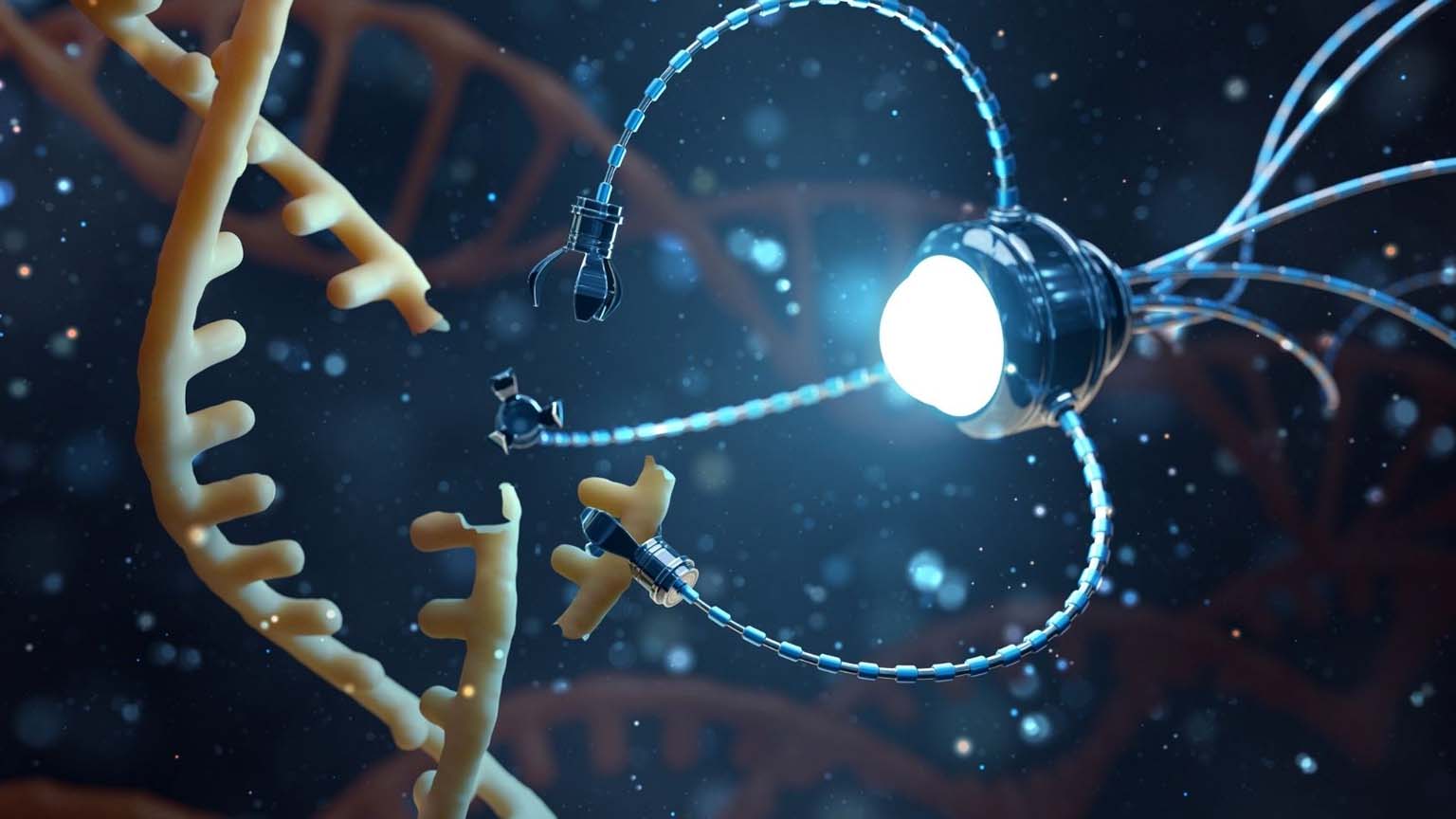The matter at the atomic scale behaves differently from the atoms that compose it.
With cutting-edge techniques, nanotechnology is revolutionizing the industry. It involves particles used to develop ambitious and innovative projects destined to improve the performance of everyday products.
In modern science, researchers have observed that, on a very small scale, materials behave differently than the atoms that form them. This particularity of materials at the nanoscale has opened up a field of research used to create nanomaterial products and has given birth to nanotechnology.
Both nanoscience and nanotechnology are two areas of intensive research in the fields of medicine today. Nanotechnology is the “technology of materials and structures in which the order of magnitude is measured in nanometers, and which is applied to physics, chemistry, and biology.” That is to say, the manipulation of matter at a nanometer scale.
What is a nanometer?
A nanometer is equivalent to one-meter times ten raised to the minus ninth power. To give an idea of how small it is, we can think of a human hair: a nanometer is one ten-thousandth of it. In other words, we could say that it is one billionth of a meter.
For example, a hydrogen atom is about ten times smaller than a nanometer. This means that along a nanometer we could have a chain composed of around ten hydrogen atoms. Another example is DNA (carrier of the genetic information of living organisms), which is composed of molecules that form nanometric structures.
Fields of application of nanotechnology.
Nanotechnology is the greatest innovation of modern science and will optimize industries like medicine, transportation, environmental preservation, energy, electronics, and robots, among others. By creating or improving materials to make them stronger, lighter, and more durable, this technology can perfect items already used and widely known (such as a stain remover, an antibacterial cleaner, or an air filter) or play a leading role in the transformation of medicine and health care.
Our company offers disinfection products that, thanks to nanotechnology, can continue to provide a sanitizing effect for over a week. See Bacoban article.
The nanotechnology market has great potential worldwide, due to the exponential growth of technology and advances in innovation. Currently, the field with the greatest development (and the highest impact) is the design of new materials.
As we have already noted, nanotechnology offers the possibility of handling matter at the molecular, atomic, and subatomic scales. When manipulated at these small scales, new phenomena arise such as quantization of conductivity, molecular self-assembly, and spin-polarized current, among others. These properties of nanometric materials are key in the development of new products.
Nanotechnology and new promising business models.
Even though advances in nanotechnology are visible and promising, this science is still developing. It can be considered an excellent tool that enables the design of organic and inorganic matter at the atomic level. Given its potential, it can develop new business models, design tools, and manufacturing strategies.
This technology will leave an important footprint and a positive effect on industries since, even today, it is being applied to achieve better results and new functionalities of already known materials.


